A Complete Guide On How To Grow Artichokes
Previous PostNot all thistles are good-for-nothing. Artichokes are proof! An ancient gourmet food, it has gloriously made its way into the modern vegetable gardens. Let’s learn how to grow artichokes in detail.
One of the world’s oldest cultivated vegetables, Artichokes come under the list of exotic vegetables in India. Regarded as a delight for taste buds in the culinary world, this plant (belonging to the thistle family) can easily be grown at home.
Rich in fiber, Vitamin C, Folate, and iron, Artichokes help maintain blood pressure, keep the digestive system healthy, and lower the body's sugar levels. It has been consumed for ages to keep the body healthy and will make a great addition to your vegetable garden!
While Artichokes can be planted at different times of the year, cold weather in India is best suited for a perennial yield. In other words, December through February is the best time to grow artichokes.
Want to know how they are grown? Let’s get started.
Where To Plant Artichokes

Artichokes can be planted either on the terrace or in the balcony. They are flexible this way! In fact, they are comfortable growing in both containers and raised beds.
However, wherever they grow, it’s important to know that artichokes grow best in full sun. Partial shade also works but heavy sunlight works like magic. Besides this, the place must have easy access to a source of water since artichokes are water-loving plants.
How To Plant Artichokes

Start by sowing your Artichoke seeds indoors in individual 4 cm or 10 cm seedling trays. To sow, ensure the tray has drainage holes at the bottom and fill it with moist cocopeat. At a depth of 0.5, place 2-3 seeds per cell/cup. Pro Tip: When you get the seeds, soak them overnight in warm water to fasten the germination process.
Germination: While germination will start in 6-8 days, don’t transplant them until 3-4 weeks. Also, spray 2 spoons of water every day for the first week after which 1 will do.
Transplantation: After 3-4 weeks, either transplant the seedlings in containers or raised beds.
Growing Artichokes In Containers
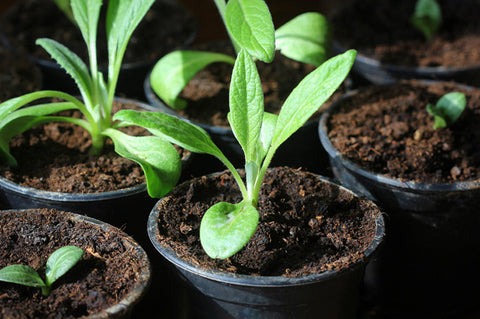
If you plan to go ahead with container gardening, make sure the pots are 36 to 40 inches in size. Plant only one seedling in one pot even if you choose to go ahead with a bigger size. This is because Artichokes need space to grow and usually go 5 feet in height and 6 feet in width.
The roots of the plant must be submerged in the soil with only the leaves showing above. Water the plant enough to keep the soil moist.
Growing Artichokes In Raised Beds

When transplanting the Artichoke baby plants in-ground, make sure each plant is spaced 3 to 4 feet apart in rows. Also, 2 parallel rows will need a spacing of 4 to 5 feet too.
While planting, the shoots and dormant roots should be at a depth of about six inches. The plants will need deep watering at the time of planting. Learn more about raised bed gardening.
Note: Artichokes can also be planted from dormant roots and rooted shoots taken from growing plants.
Taking Care Of Artichokes

- Keep the soil moist at all times.
- Use draining nutrient-rich soil that has a premium texture.
- Water the plant evenly (by spraying and not single flow) to keep it moist. Make sure you don't over-water it.
- Practice mulching around the plants to keep the moisture in the soil intact.
- Don’t mulch when the plants begin to bud.
- Keep the plants where there is plenty of sunlight.
- When transplanting, add cow manure or vermicompost to the soil in a 2:1 ratio.
- Keep a vigilant eye on fungal infections. If found, spray respective medicines.
Harvesting Artichokes

The best time to harvest Artichokes is when you start seeing the flower buds coming. Since the plant is harvested before the opening of petals, the buds must be swollen but still closed tight.
The tentative time of harvesting is 80-100 days after the transplantation.
To harvest the Artichokes, use a sharp knife. The Artichokes are to be cut across the stem about 2 inches below the bud. Remove the hard outer leaves and rub a lemon or submerge the peeled artichoke in lemon water to avoid discoloration. Artichokes can be roasted, stuffed, steamed or boiled for main course or as a side dish.
Insight: If not harvested, the bud blossoms into a 7-inch violet-blue flower.
Well, that’s pretty much it! Simple, right? Add this to your vegetable family and do share your experience.
Good luck planting Artichokes!






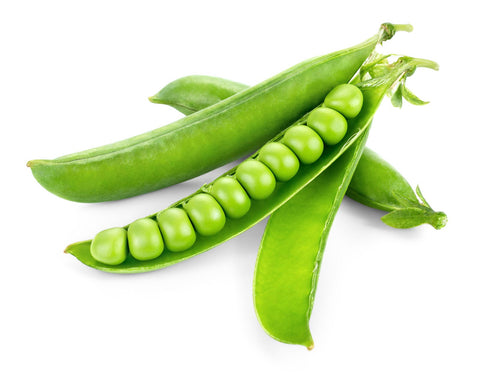
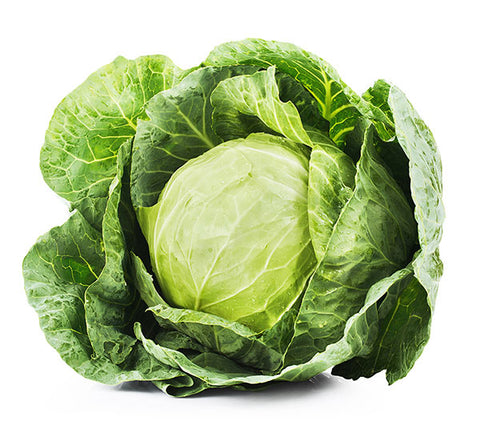
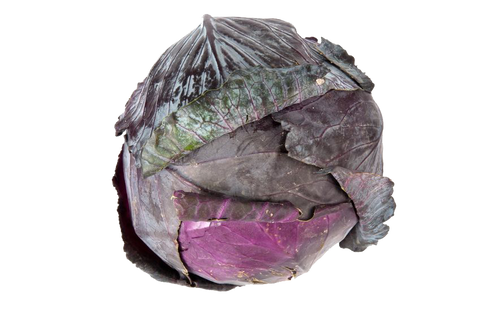

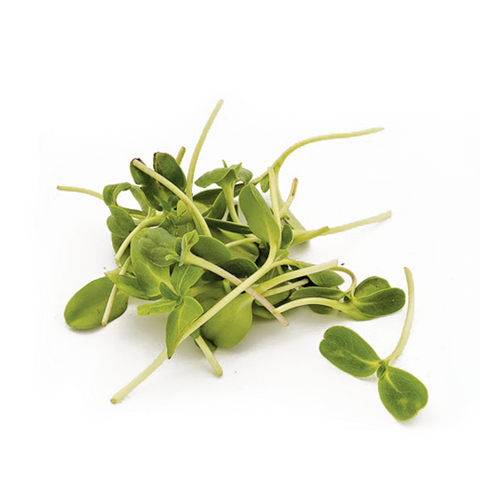

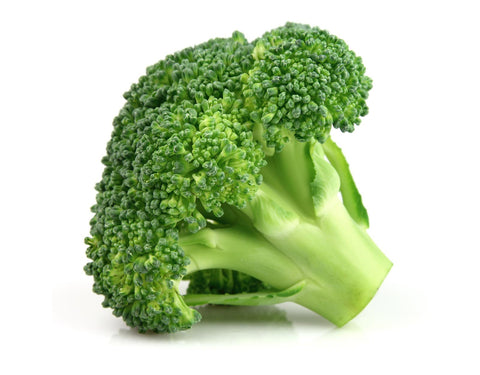

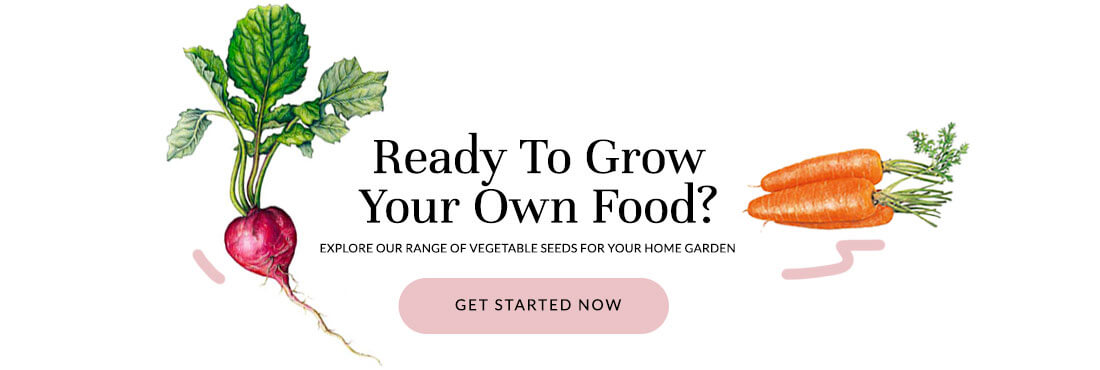

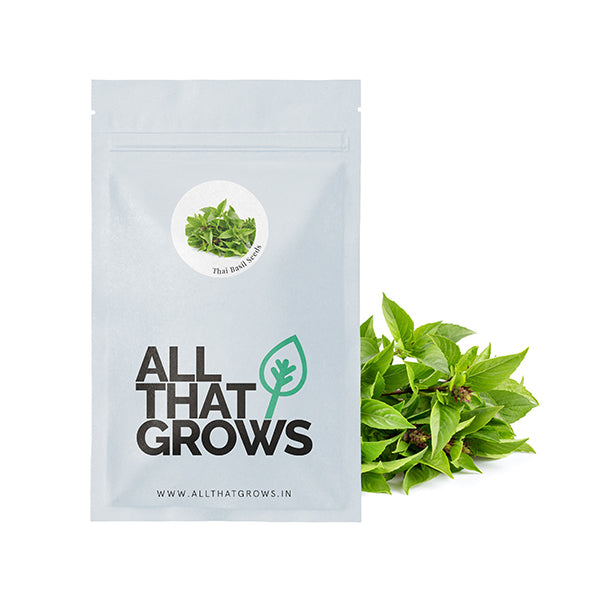
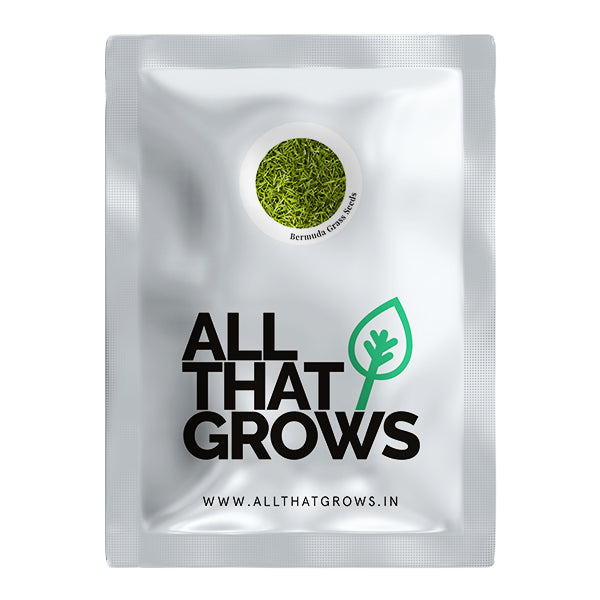
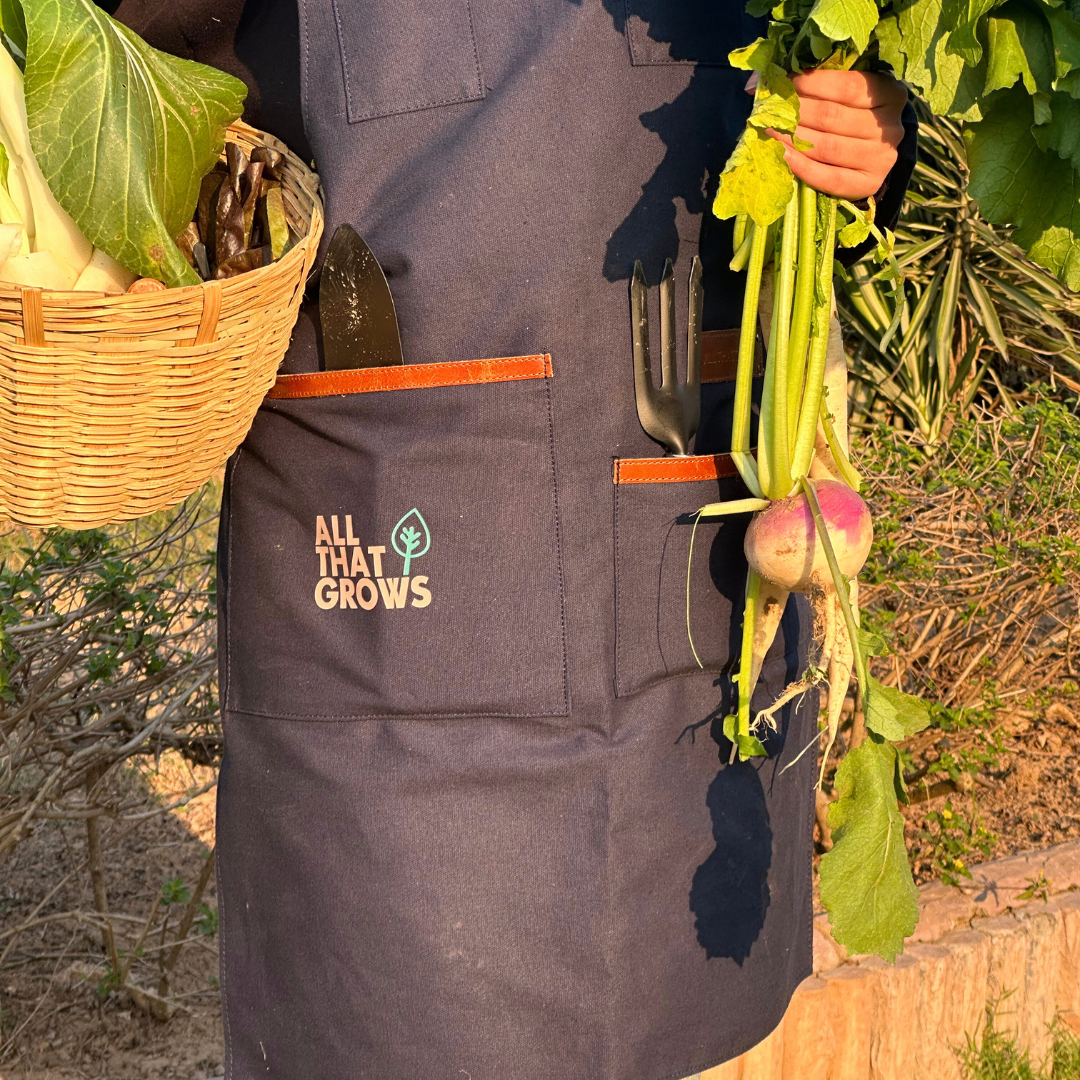

Leave a comment